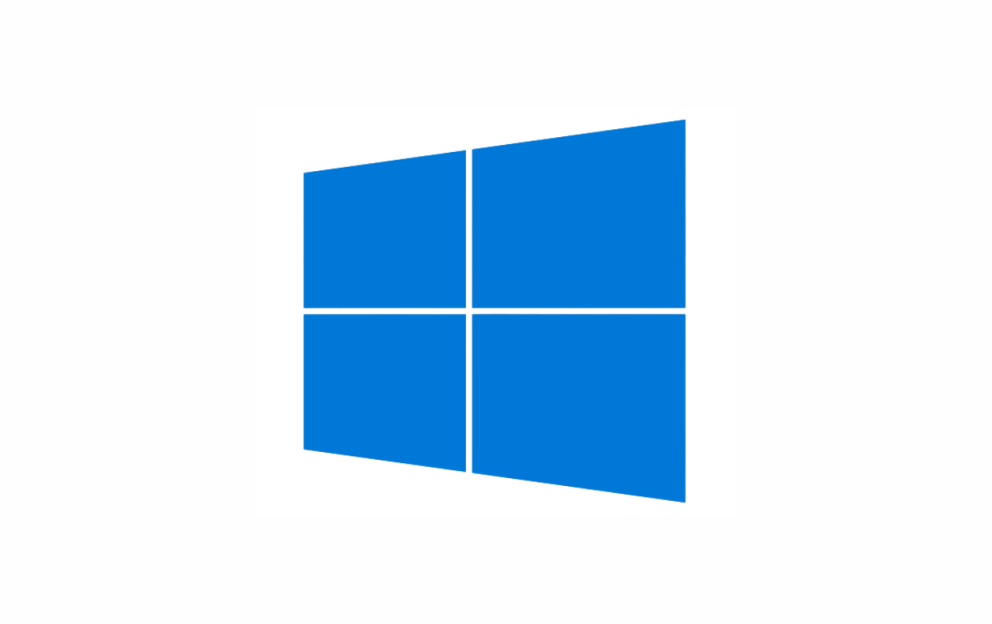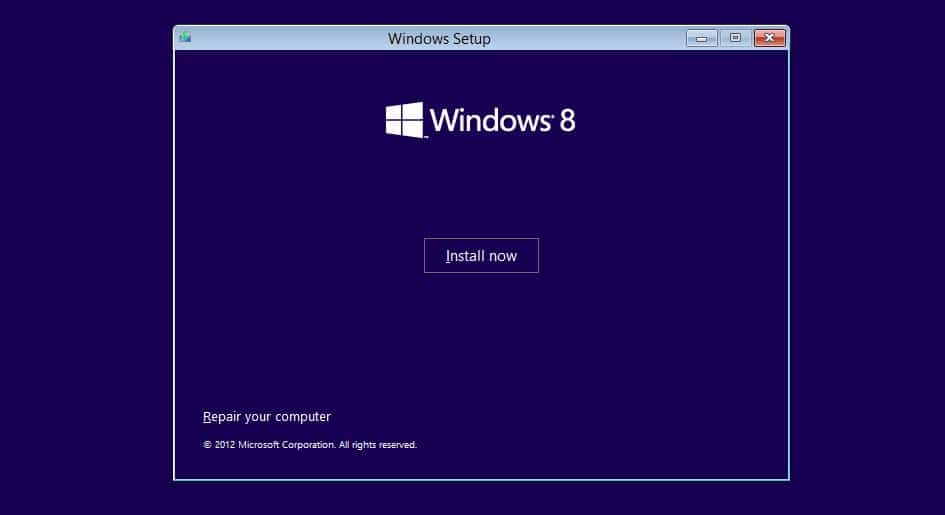
 Ensure that the system is configured according to Berkeley Lab IT recommendations. Ensure that all Berkeley Lab IT-recommended applications are installed. Perform diagnostics on your computer to ensure it is sound. Purchase a Windows 10 License if needed (it usually is not required). Ensure that all data and files are backed up. Procure third-party application upgrades or peripheral hardware if necessary due to incompatibility with Windows 10. Perform a computer assessment to list all hardware, software, and data on the system. Please note that regardless of which method is used, users should ALWAYS back up their important data before attempting the upgrade. Installing Windows 10 from Scratch should be Plan B. In most cases, IT recommends that users first attempt an in-place upgrade. This typically takes more time to complete and requires the user to reinstall all applications, configuration settings, and data. Installing Windows 10 from Scratch involves erasing all data from the computer's drives, and installing Windows 10 on the blank drive.
Ensure that the system is configured according to Berkeley Lab IT recommendations. Ensure that all Berkeley Lab IT-recommended applications are installed. Perform diagnostics on your computer to ensure it is sound. Purchase a Windows 10 License if needed (it usually is not required). Ensure that all data and files are backed up. Procure third-party application upgrades or peripheral hardware if necessary due to incompatibility with Windows 10. Perform a computer assessment to list all hardware, software, and data on the system. Please note that regardless of which method is used, users should ALWAYS back up their important data before attempting the upgrade. Installing Windows 10 from Scratch should be Plan B. In most cases, IT recommends that users first attempt an in-place upgrade. This typically takes more time to complete and requires the user to reinstall all applications, configuration settings, and data. Installing Windows 10 from Scratch involves erasing all data from the computer's drives, and installing Windows 10 on the blank drive. 
Note: Users may need to reinstall applications due to changes in system permissions. Please note that in some cases the Windows upgrade tool will not allow the user to proceed, in which case the upgrade must be done by I nstalling Windows from Scratch.
This method generally takes less time to complete and is recommended whenever possible. This method assumes that Windows 7 is up to date. In most cases, this will preserve all user applications and data, as well as some user customization. In-Place Upgrade, where Windows 10 is installed on a system that already has Windows 7 installed. 
There are two main methods by which a system can be upgraded to Windows 10.







 0 kommentar(er)
0 kommentar(er)
